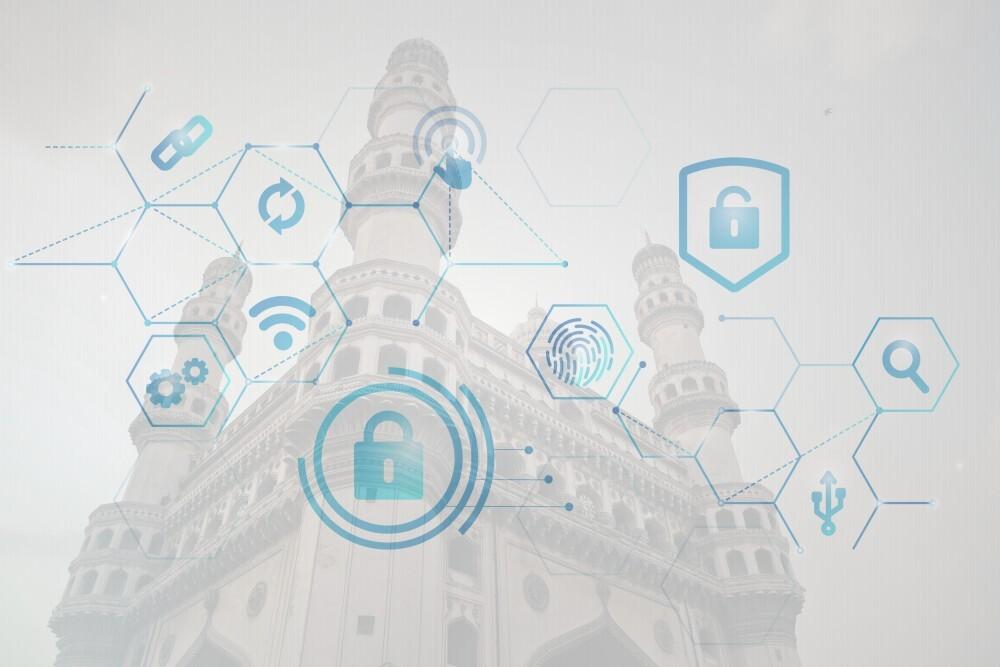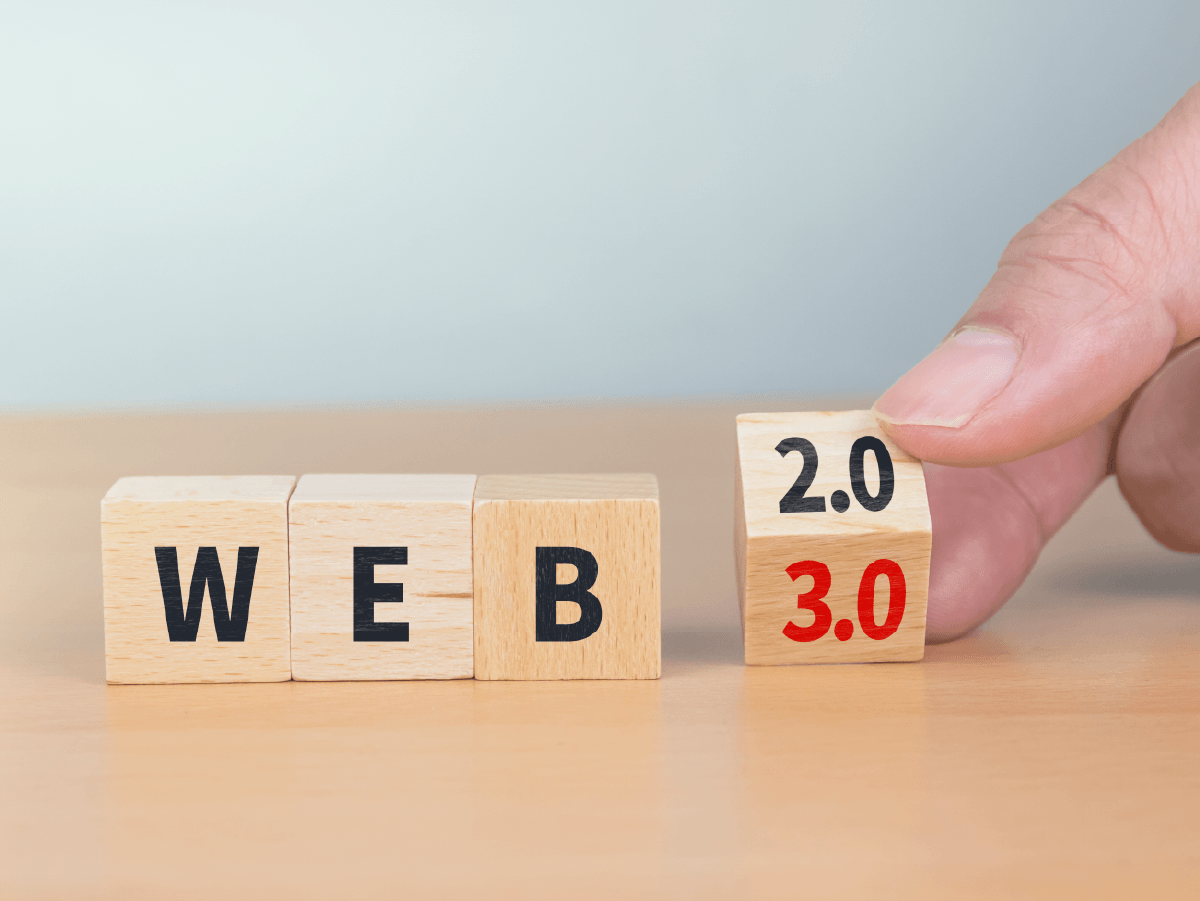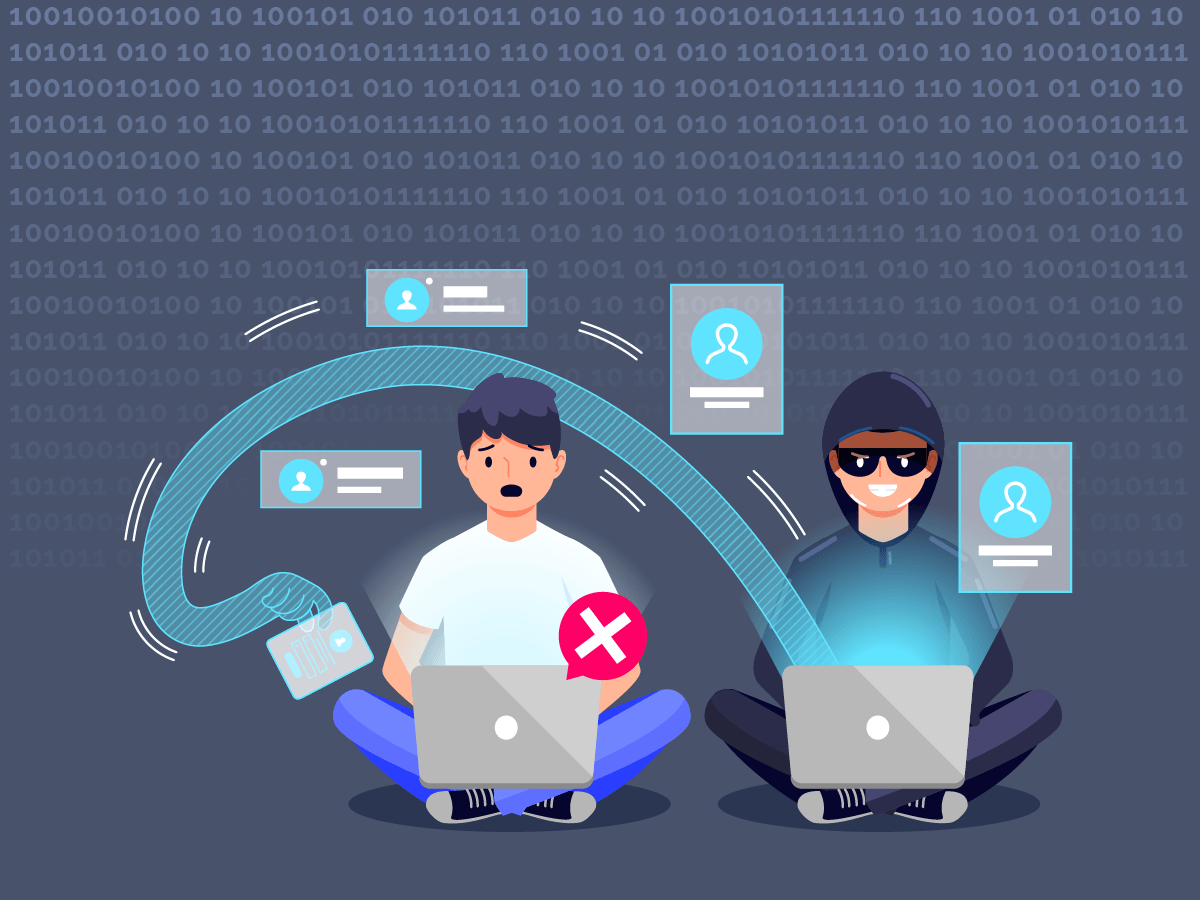
The cyberattack surface is vast and rapidly evolving, requiring the analysis of several hundred billion time-varying signals for accurate risk assessment. As a result, traditional methods of analyzing and improving cybersecurity posture are no longer sufficient on their own.
In response to this challenge, Artificial Intelligence (AI)-based cybersecurity tools have emerged to assist security teams in reducing cyberattacks and improving overall security. By combining the capabilities of AI with those of security experts, cybersecurity becomes more effective in vulnerability assessment, threat detection, and defense, ultimately reducing response times.
A report by Meticulous Research states, "The artificial intelligence in the cybersecurity market is expected to grow at a CAGR of 23.6% from 2020 to 2027 to reach $46.3 billion by 2027."
Artificial Intelligence is revamping Cybersecurity and Cybercrime alike. While artificial intelligence can improve security, it can also provide cybercriminals with unrestricted access to systems. The list below explains AI's impact on Cybersecurity:
AI Can Help in Reducing Human Errors
A Gartner Inc. report estimates that up to 95% of cloud breaches occur due to human errors. With the increase of human error in Cybersecurity, implementing AI as an add-on to human abilities and system protection is the most efficient. Manual processes for assessing configuration security exhaust humans as they attempt to balance never-ending updates with routine day-to-day tasks resulting in errors. Applying AI in the cybersecurity process could help receive timely advice on newly discovered issues with intelligent and adaptive automation, reducing human errors.
Unreliable Human Efficiency with Repeated Activities
Another concern in the cybersecurity industry is human efficiency. Humans can't repeat the same activity with the same perfection and efficiency . AI adoption can resolve the human efficiency problem. AI becomes smarter as more data is analyzed; it learns from experience, becoming more capable and autonomous as time passes.
AI to Detect Abnormal and Malicious Activities.
Detection of anomalous and malicious activities is another factor influencing response timeframes for cyber attacks. A sudden attack can mislead the human team into taking too long to react, resulting in critical damage. As per April 2020 survey by Fugue, roughly 84% of IT teams were concerned about their cloud-based systems were hacked without their awareness. Here come AI in picture offering help in many aspects such as automation, real-time analysis, accuracy, self-learning, and filling end-to-end gaps by monitoring and detect the most minor abnormal and malicious activities.
AI to Improve or Develop New Ways to Defeat Cyber Attacks
Traditional approaches are struggling to detect threats and malware as the nature and scale of cyber-attacks grow. Cybercriminals are constantly devising new and more innovative methods. The ever-increasing complexities of network and security threats are beyond the capabilities of humans alone. That is why we require new, AI-powered solutions to address today's and tomorrow's cybersecurity challenges and stay ahead of the hackers.
Increases Effectiveness
It is critical to comprehend the implication of the various security tools and security processes you have implemented to maintain a strong security posture. AI can assist you in determining your information security program's strengths and weaknesses which can help in faster identification of risk.
While AI in Cybersecurity has numerous advantages, the entire process has some drawbacks. Here's a list of them:
AI Can Give a False Alarm of Breach
AI is still in its early stages. It requires a lot of data and events to train on when used in Cybersecurity. As a result, the possibility of false-positive results is relatively high.
Cybercriminals Getting Smarter & Lethal with AI
Cyberpunks can plan a cyberattack by inputting the data to train AI cybersecurity models. This threat has the potential to impair the accuracy and performance of cyber threat detection systems.
AI Being Used Unethically
Using the same technology, hackers can create AI-resistant malware. This type of malware can understand the detection patterns used by cybersecurity professionals, allowing it to breach even the most secure solutions.
Evolving Cyberthreats
AI-driven solutions require ongoing updates and enhancements to keep up with evolving threats. Hackers can be inventive and make a variety of changes to confuse a program.
AI is Still Expensive
As a result, experts in data science and big data are either scarce or difficult to find. Many businesses are at risk of overspending due to the scarcity of Cybersecurity AI solutions.
Conclusion
Given the rise in cyber attacks worldwide, integrating AI and Cybersecurity is the way to go. AI can assist current cybersecurity technology in automating threat detection and tracking potential cyberattacks quickly. However, we cannot ignore that AI can assist cybercriminals in developing new cyber threats. AI still has a long way to go before reaching its full potential, it will benefit us to construct a robust defence system.
Sources:
https://www.globenewswire.com/news-release/2020/06/19/2050757/0/en/Artificial-Intelligence-AI-in-Cybersecurity-Market-Worth-46-3-billion-by-2027-Exclusive-Report-Covering-Pre-and-Post-COVID-19-Market-Estimates-by-Meticulous-Research.html
https://www.fugue.co/press/releases/fugue-survey-finds-widespread-concern-over-cloud-security-risks-during-the-covid-19-crisis
https://www.wsj.com/articles/human-error-often-the-culprit-in-cloud-data-breaches-11566898203





